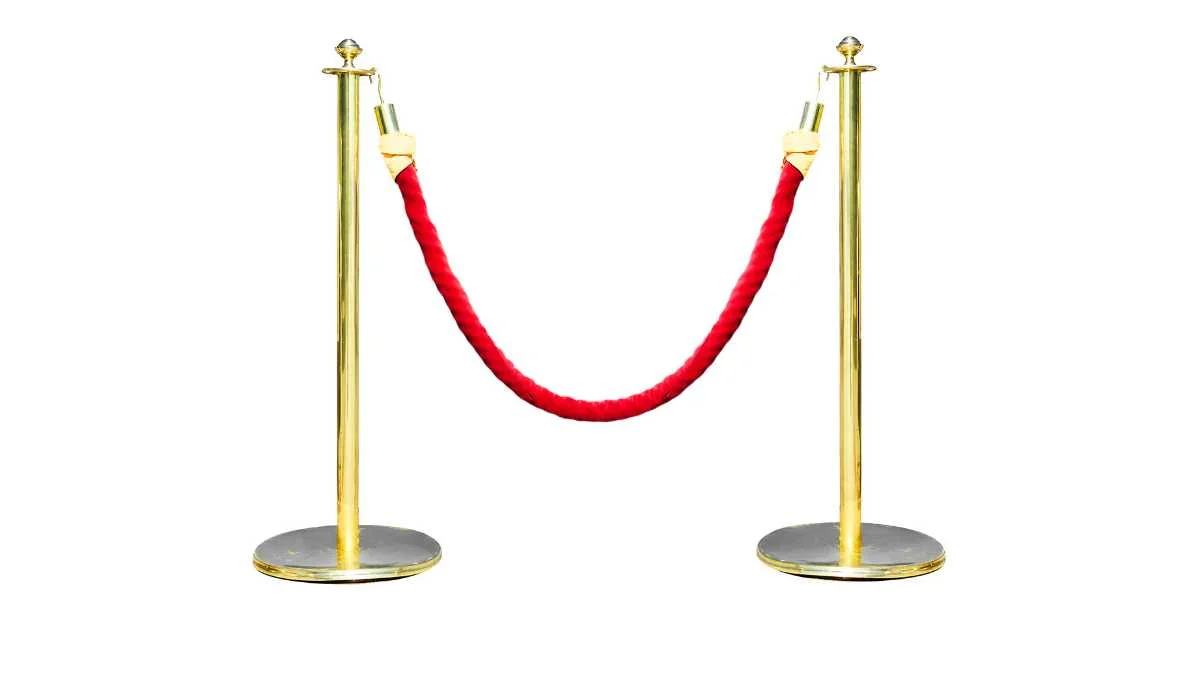Stanchions play a crucial but often overlooked role in various settings, from architectural frameworks to event management. Essentially, a stanchion is a sturdy upright fixture that serves as a fundamental component in supporting or securing another object. This comprehensive guide delves into the multiple applications, designs, and materials of stanchion, showcasing their importance across different industries.
Architectural Significance
In architecture, stanchions play a key role in both the structural stability and aesthetic design of buildings and other structures. One of their main uses is in window design, where stanchions serve as the upright iron bars that support and stabilize leadlight windows. These bars fit through saddle bars or horizontal irons, keeping the delicate glasswork secure. The ornamental heads often found on stanchions are not only functional but also crafted to add visual interest, blending practicality with artistic beauty.
Industrial Applications
Stanchions are pivotal in industrial environments, particularly in enhancing safety and operational efficiency. In settings such as factories and large-scale industrial plants, stanchion provide support for walkway lighting along conveyor platforms and other pedestrian areas. Typically mounted to handrails, these stanchion ensure that lighting is evenly distributed, spaced about 50 feet apart, to illuminate paths and reduce the risk of accidents in low-light conditions. This application underscores the stanchion’s role in industrial safety and infrastructure.
Stanchions in Lighting Infrastructure
Beyond the confines of enclosed spaces, stanchion also support various forms of outdoor and street lighting. They serve as metal supporting members that allow lights to be mounted at strategic locations, such as on telephone poles or as freestanding units that illuminate streets and pathways. In many urban settings, stanchion poles double as raceways for electrical feeds, demonstrating their dual functionality in both support and utility distribution.
ALSO READ: THE COMPREHENSIVE GUIDE TO FINGER COTS: UNDERSTANDING USES, MATERIALS, AND APPLICATIONS
Event Management and Crowd Control
Perhaps the most visible and widely recognized use of stanchions is in event management and crowd control. Stanchion used in these scenarios are designed to manage large groups of people efficiently, guiding movement and maintaining order. Whether at concerts, museums, banks, or airports, stanchion manage people flow through retractable belts, velvet ropes, or plastic chains. These tools are often paired with signs to direct attendees or manage queues systematically, ensuring safety and organization.
Types of Stanchion
- Fixed Stanchions: These are permanently installed and are commonly used in industrial settings or as part of architectural structures. They provide enduring support and are built to withstand significant wear and tear.
- Temporary Stanchions: Used primarily for event management, these stanchion are portable and adjustable. They are equipped with retractable belts or ropes and are easy to set up and dismantle.
- Decorative Stanchions: Often used in upscale venues, these stanchion combine functionality with aesthetics. They are designed to look elegant while serving the purpose of crowd control.
Materials and Design
Stanchions are constructed from a variety of materials, each chosen for its specific properties related to strength, durability, and appearance. Common materials include:
- Iron: Widely used in architectural stanchions for its strength and malleability.
- Steel: Preferred in industrial and some architectural applications for its robustness and resistance to corrosion.
- Aluminum: Used in portable stanchion owing to its lightweight nature, making it easy to move and install.
- Plastics: Often used in temporary or portable stanchion used in event management due to its cost-effectiveness and flexibility.
Installation and Maintenance
The installation of stanchions varies significantly depending on their use. Permanent stanchion require secure embedding into ground or flooring, while temporary stanchions are designed for swift setup and removal. Maintenance also varies; metal stanchion may require regular treatments to prevent rust and corrosion, whereas plastic stanchion are relatively low-maintenance.
Conclusion
Stanchions are indispensable in multiple domains, from providing structural support in buildings to managing crowds in public spaces. Their design and functionality have evolved to meet the demands of various environments, showcasing their versatility and importance. By understanding the different types of stanchions and their applications, one can appreciate not only their practicality but also the critical role they play in safety, organization, and architectural integrity across industries.








